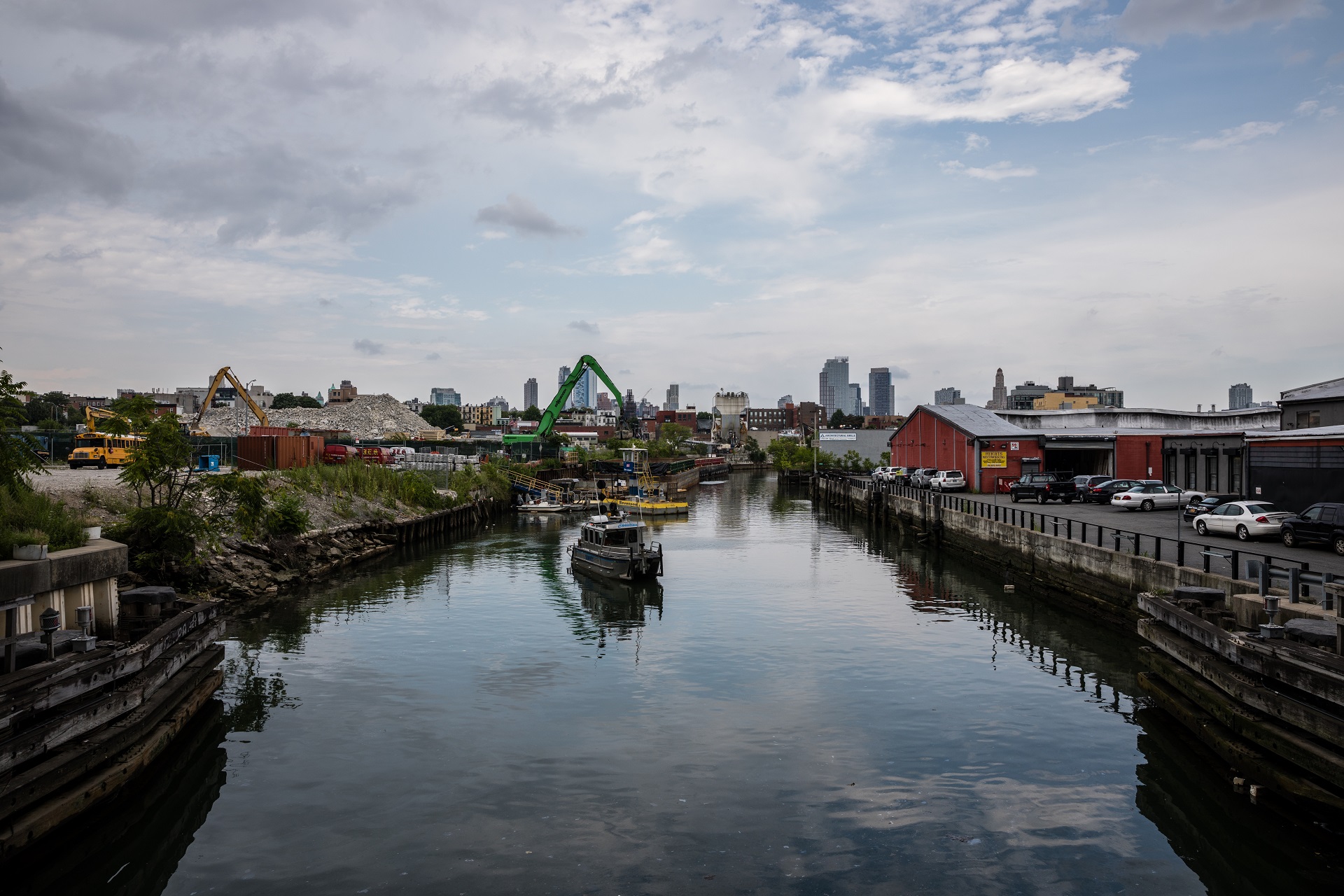
New research discovered microbes fight against industrial pollution in Brooklyn superfund site

GOWANUS — TINY ORGANISMS IN THE GOWANUS CANAL ARE DEVELOPING POLLUTION-FIGHTING GENES, according to research published on April 15. Led by NYU Tandon School of Engineering’s Assistant Professor Elizabeth Hénaff, a group of researchers discovered that 455 species of microorganisms display 64 different chemical compounds to degrade pollutants and 1,171 genes to process heavy metals.
The research is published in the Journal of Applied Microbiology and is the first study of the genetic material from the diverse community of organisms in the Gowanus Canal. The study was done by collecting both surface sediment and deep core samples from 14 locations along the 1.8-mile canal. The samples were then analyzed and some were found capable of breaking down many superfund pollutants such as petroleum products, polychlorinated biphenyls or PCBs, and industrial solvents.
After completing their research, Hénaff and colleagues created an immersive installation at BioBAT Art Space in Brooklyn called CHANNEL to communicate their discoveries effectively. The installation includes 300 gallons of gathered Gowanus sediment and water alongside sculpture, prints, sound and projections.
“We found what amounts to nature’s own toxic cleanup manual, but with a crucial warning. These microbes have stories to tell that go beyond scientific data,” said Hénaff. “While more research is needed to understand how to cooperate with these organisms effectively, the discovery of such genetic tools for pollution cleanup may offer valuable lessons for environmental restoration worldwide.” CHANNEL will be on view until the exhibit’s closing event on April 18.
✰✰✰
Leave a Comment
Leave a Comment




